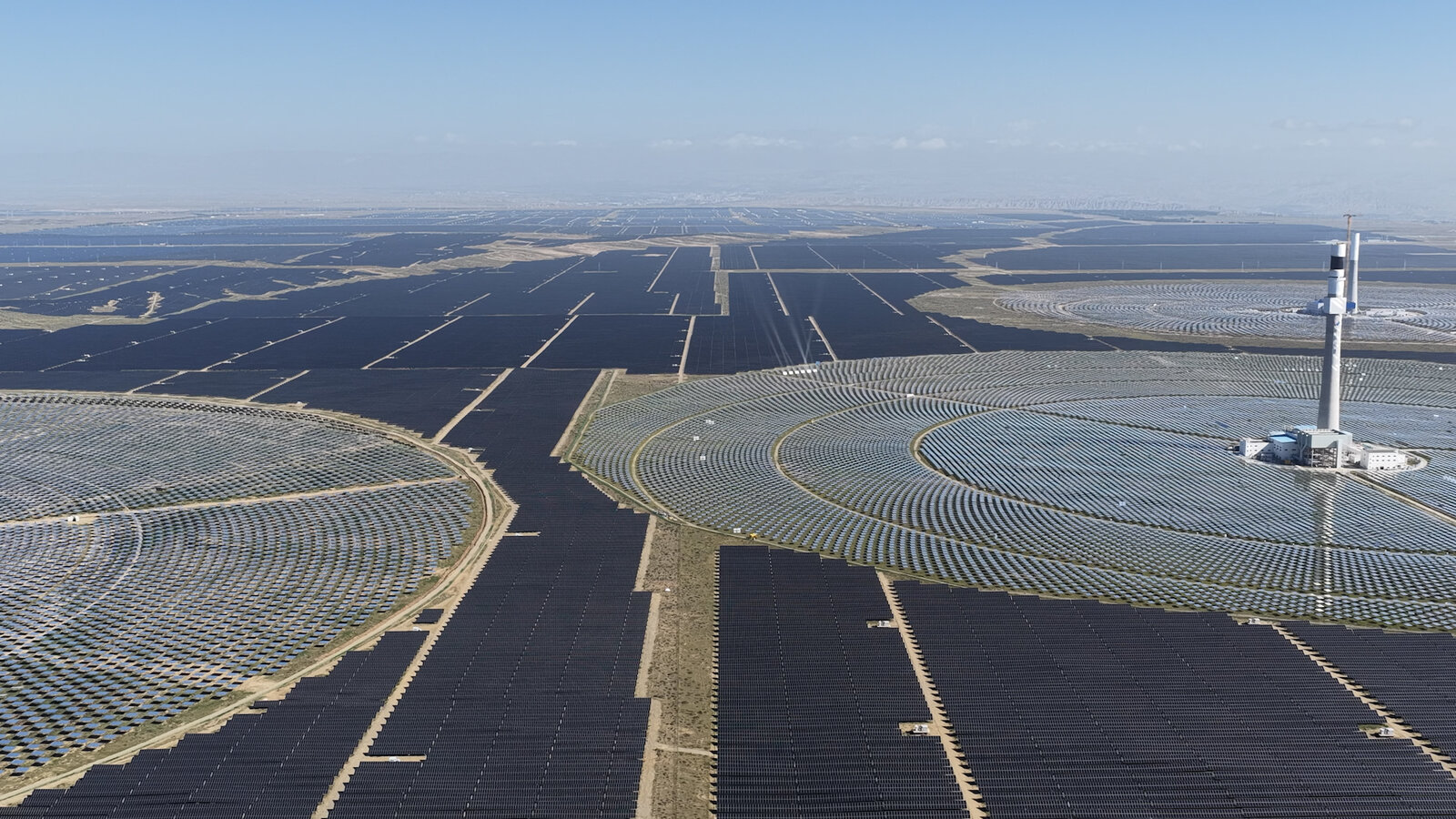Inside China’s Massive 17GW Tibet Solar Mega-Farm: Talatan Complex Sets New Clean Energy Record

China’s Solar Mega-Farm in Tibet Stuns the Globe: Unmatched Scale, Impact, and Innovation
World’s Largest Solar Installation Redefines Clean Energy Standards
Perched at nearly 3,000 meters altitude atop the Tibetan Plateau, the sprawling Talatan complex has redefined global expectations for renewable power projects. Measuring 420 square kilometers—half the size of Moscow—the facility's scale is unprecedented even among the world's boldest renewables ventures. Tens of millions of silicon modules capture sunlight under nearly ideal conditions: the high elevation offers thin, clear air and abundant direct irradiation, while the low temperatures maximize electrical output and photovoltaic conversion. The result is a stunning delivery of nearly 17 gigawatts of installed capacity, enough to meet the peak electrical demand of a global city. This single complex establishes a new benchmark for solar capacity, grid integration, and multipurpose land use.
Thin atmosphere at altitude brings unique advantages. The less obstructed solar intensity dramatically boosts annual generation compared to installations at lower elevations. Cold air reduces thermal losses in panel circuitry, further enhancing efficiency during peak output periods. These synergistic benefits enable the site to deliver more consistent and reliable energy than comparably sized installations in temperate or urban environments. The plateau’s geography—vast, remote, and sparsely inhabited—makes it uniquely suitable for both largescale infrastructure and experimentations in ecological restoration, as much of the land previously held little vegetation or commercial value. Talatan has transformed local ecosystems, with vegetation now proliferating under the panels, and flocks of sheep grazing contentedly among the vast glass fields.
By utilizing otherwise barren lands, China demonstrates the outsized potential of utility-scale solar power in the quest for climate-neutral electricity. Yet, the project is not solely solar. Integrated wind installations along ridges and hydroelectric plants in neighboring valleys sustain round-the-clock generation, counteracting diurnal fluctuations and supporting grid stability. This strategic multipronged approach means surpluses are available for the nation’s most power-hungry sectors, particularly high-performance computing and artificial intelligence. As energy demands accelerate in a data-driven economy, Talatan’s modular expansion is set to double the field size by 2028 and quintuple production by 2030, keeping pace with national decarbonization goals.
Renewable Power Nexus Fuels Digital Revolution
Decades of decisive infrastructure planning converge here, with the region’s massive clean energy base now recognized for not only carbon-free electricity but also its role in enabling the digital transformation sweeping across the country. High-voltage transmission corridors deliver power over vast distances—from the plateau to urban industrial centers and purpose-built supercomputing sites. This backbone facilitates essential functions for research, robotics, and advanced AI training, a critical domain as China accelerates its technological competitiveness on the world stage.
Talatan’s round-the-clock output is matched by cutting-edge energy distribution and smart grid management. Large-scale wind turbines, strategically placed along mountain ridges, harness powerful nocturnal breezes when solar generation ebbs. Hydroelectric stations throughout the watershed feed consistent baseload supply into the grid. The result is a flexible, scalable system capable of providing uninterrupted operation required for compute-intensive tasks ranging from vast language models to autonomous robotics. These AI initiatives are key beneficiaries, drawing on sustained renewable energy to reduce operational emissions and underpin national innovation strategy.
This nexus of clean power and intelligent automation underscores how forward-looking renewable strategy supports not just energy transition but also the fabric of next-generation digital economies. As organizations and industries increasingly prioritize sustainability, electricity from climate-neutral sources like those at Talatan forms the foundation for responsible progress in fields as varied as machine learning, scientific computing, and smart manufacturing.
Ecological Synergy and Future Expansion
Pivotal to the site’s impact is its demonstration of harmonious coexistence between modern infrastructure and the landscape’s original character. Rows of solar modules shield the underlying terrain from the harsh plateau winds, reducing erosion and creating favorable microclimates conducive to grass growth. Grazing sheep, colloquially known as “photovoltaic sheep”, keep vegetation managed without chemicals or machinery, integrating an agricultural element into the green project. This dual use offers economic value to local communities and further supports ecological recovery.
Grid modernization and smart management underpin Talatan’s long-term viability. Energy produced here travels hundreds of kilometers to power remote and metropolitan zones, a logistical achievement mirrored in only the world’s most advanced infrastructure programs. Continued investment ensures that as the site doubles its physical footprint by 2028 and seeks to quintuple output by 2030, new panels, turbines, and hydro stations will smoothly integrate into the network. By leveraging renewable abundance to supply computation, agriculture, and community development, China is charting a course for sustainable modernization.
Exacting technical execution, pioneering ecological restoration, and relentless scaling efforts converge here as a model for utility-scale clean energy projects worldwide. Talatan is poised to remain a focal point in the conversation about climate action, technological leadership, and intelligent resource use. With global attention fixated on developments in this isolated mountain region, the next chapter of sustainable energy promises innovation not just in engineering, but in the synergy between humanity and nature.
